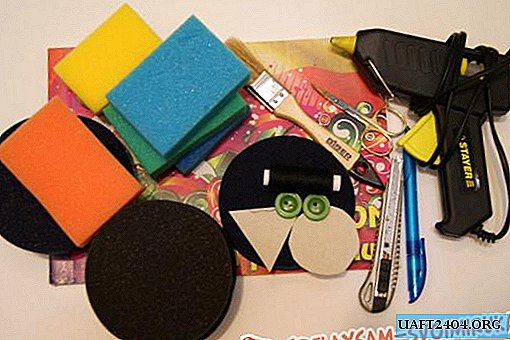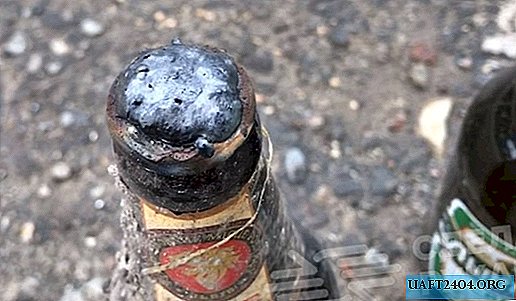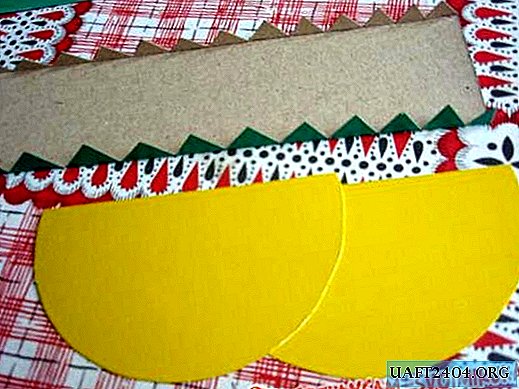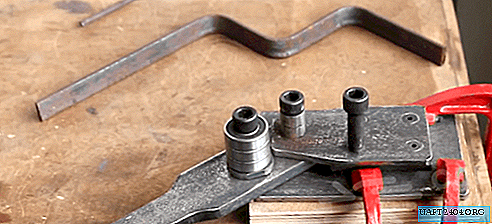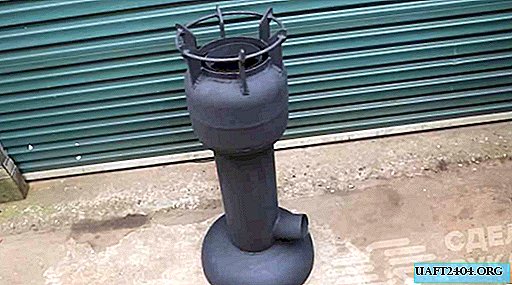
The light transmittance of budget films can significantly differ from the declared, but for self-tinting we are interested in just such.
In order to avoid problems with the law, car owners mostly tint the rear of the car.
For rear side windows, 5% throughput is allowed for those. regulations. The front part is becoming more complicated, 70% throughput is acceptable, while remembering that the factory norm has already been set at about 20% and about 10% is lost during operation (wiping the wipers, dust, dirt, precipitation). Films for professional use are sold in large rolls designed for several cars, they are much more expensive than their Chinese counterparts. To save, we master the tinting ourselves on the example of the rear window, after such work with the side windows, there will be no problems.

For self-tinting, we need:
• industrial dryer
• sharp knife (for example, a clerical knife with a new blade)
• atomizer
• special rubber spatula
Glue the film with your own hands step by step instructions

1. On a well-cleaned glass we apply a pre-cut piece of tinting
2. On a dried surface, adjusting to the size of the glass with a mold by heating with a hairdryer
3. We cut the workpiece making no more tolerance
4. Remove the protective transparent layer, spraying water onto the opening surface
5. The wetted film can be rolled up
6. On the cleaned and moistened inner surface of the rear window, glue the tint
7. We expel water with a rubber spatula from the center to the edges
The difference with pasting the side windows: the film is cut according to the template with a greater tolerance than for the rear window, it is finally cut in place after the tinting is applied.


